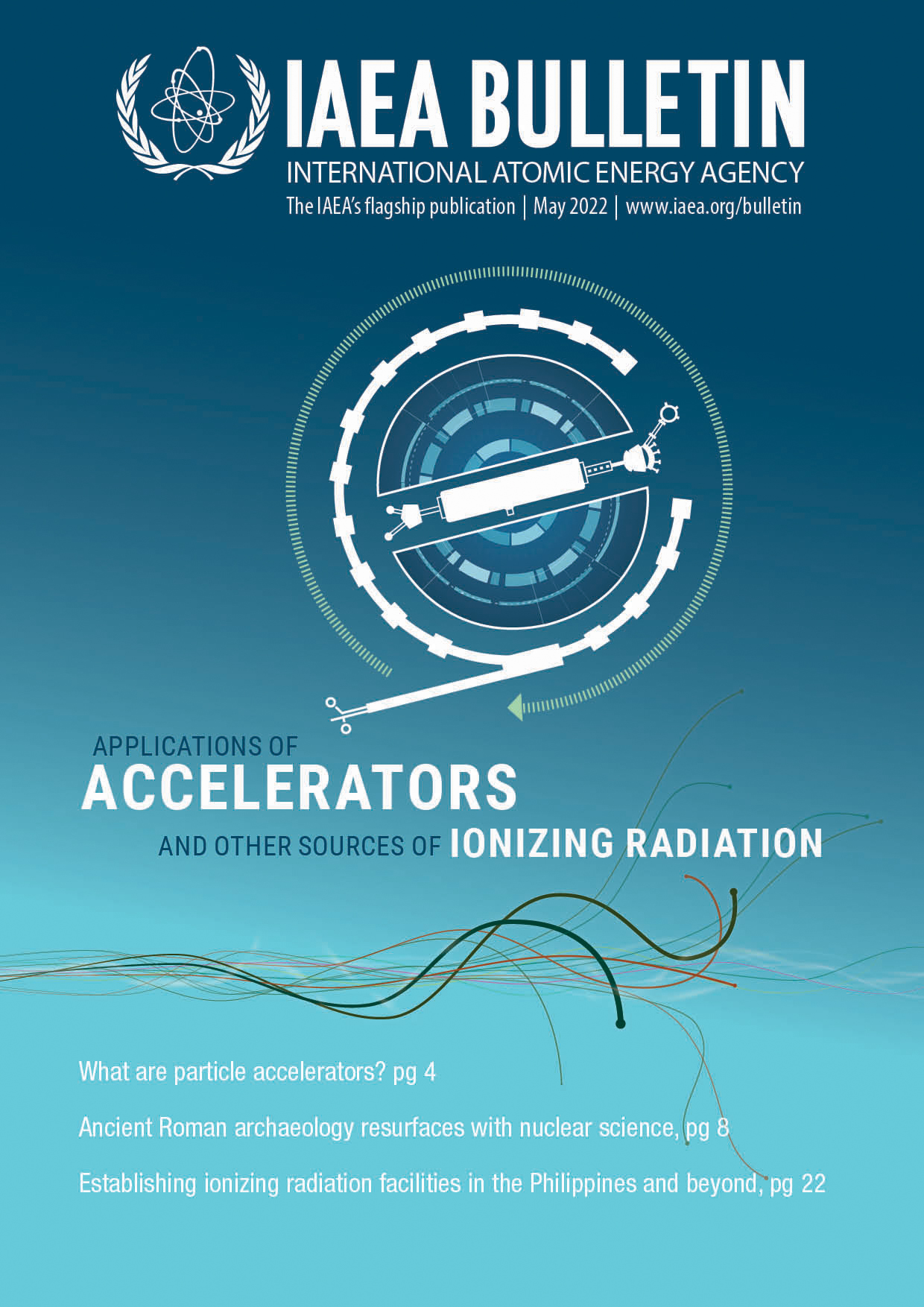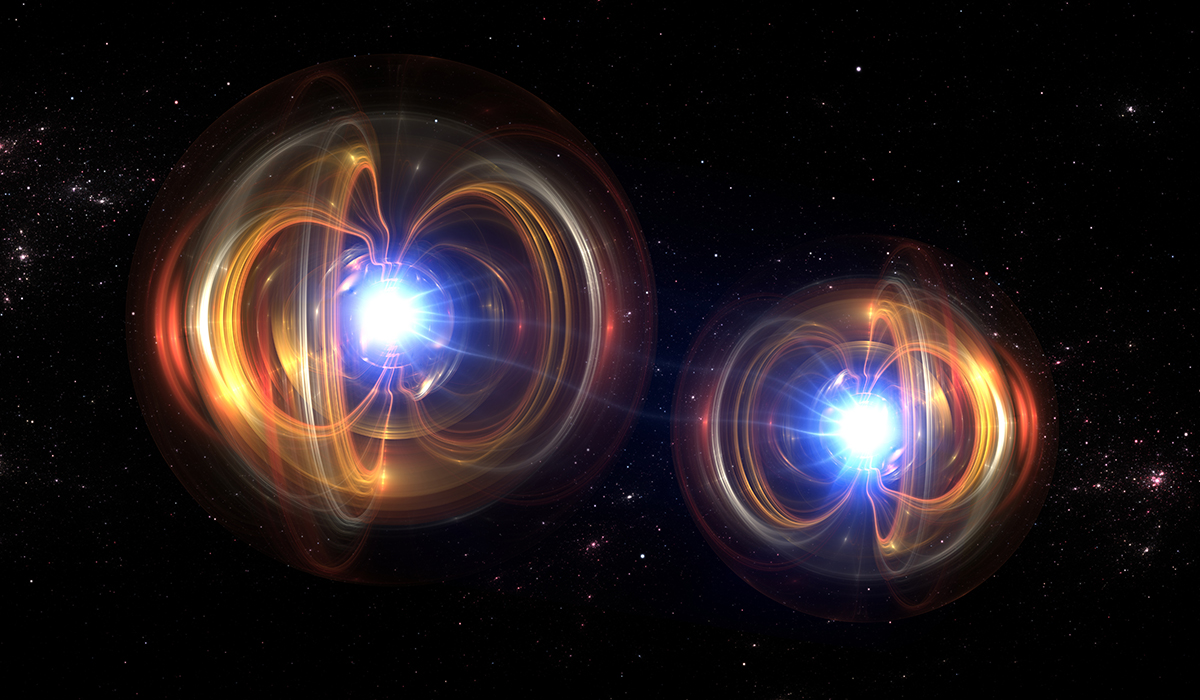The challenge in single ion implantation is determining when, where and if, in fact, a single ion is implanted. “And just because you implant the ion into the material, it doesn’t mean it works the way it should as a qubit or colour centre,” Bettiol said. Qubits, or quantum bits, are complex versions of the information-carrying bits used in conventional computing, and colour centres are defects that emit light for quantum sensing.
In May 2021, the IAEA hosted a four-day training workshop on materials engineering using ion beams. The workshop included an introduction to focused ion beam instrumentation and the detection of single ions. More than 80 participants, half of them from developing countries, attended the virtual workshop, which was implemented under a coordinated research project and aimed to improve understanding of and engage newcomers to the quantum field. The workshop also coincided with the launch of an IAEA e-learning course, Ion-beam Engineering of Materials for Quantum Technologies, which aims to engage the next generation of quantum experts.
“The IAEA has been at the forefront of coordinating international collaboration, research and development in quantum technologies aligned with national and international initiatives,” said Aliz Simon, a nuclear physicist working on accelerators at the IAEA. “The IAEA is continuing its efforts in coordinated research to realize the benefits of quantum for the greater good of society.” A new IAEA project, expected to be launched later this year, will foster the development and optimization of a biosensor platform based on colour centres in a diamond, which would allow the exploration of sub-cellular mechanisms. In the quantum field, diamonds are used as semiconductors to consequently sense electric and magnetic fields in single living cells.

